When the American Civil War erupted in April 1861, the 10 companies of the 4th U.S. Infantry were spread along the West Coast from Puget Sound to the Gulf of California in various small, far-flung garrisons. After distinguished service in the Mexican-American War and garrison duty along the Great Lakes from Mackinac to Platsburgh, the regiment had speant the last nine years garrisoning posts, guarding the coast, escoting new settlers, and fighting Indians.
Company H, commanded for a time by Captain Ulysses S. Grant in the early 1850s, was based at Fort Vancouver in the Washington Territory.
With the outbreak of the Civil War, authorities quickly realized that the main body of the Regular Army would be needed back East to form a reserve force and train the multitude of state volunteer forces that were hurriedly mustering in to suppress the rebellion. The 4th returned by sea after a disease-ridden march across the Isthmus of Panama. It arrived at New York and then traveled by train to the camps of the Army of the Potomac around Washington D.C. in November 1861.
Inside “4th U.S. Regulars at Gettysburg,” a richly detailed feature in the Early Summer edition of Civil War Quarterly, you’ll read all about how the proud Regulars of Company H made a gallant stand in the bload-soaked Wheatfield on day two of the Battle of Gettysburg. Writers Donald McConnell and Gustav Person bring you another side to Gettysburg, and let you really get to know these brave men and officers.
Of course, this is only one of many in-depth stories you’ll find in the Early Summer edition. Other features include:
“Brawl at Brawner’s Farm”
With Union and Confederate forces massing around a key railroad junction of Manassas, Stonewall Jackson’s II Corps confronted Brig. Gen. John Gibbon’s Iron Brigade at the tiny hamlet of Groveton; it was a prelude of what was to come.
“Lincoln vs. Frémont”
Determined to hold on to the crucial border states of Kentucky and Missouri, Abraham Lincoln clashed publicly with Maj. Gen. John C. Frémont, the famous “Pathfinder,” over the major general’s hasty emancipation proclamation in Missouri.
“The Great Sioux Uprising of 1862”
Outraged by corrupt Indian agents and slow-arriving subsidies, Sioux warriors in Minnesota went on a bloody rampage in the summer of 1862, spreading panic throughout the North already at war.
“Invasion at Sabine Pass”
A clutch of Confederate Irishmen faced thousands of Federals in the battle for Texas.
What do you think of Company H’s performance at the Battle of Gettysburg? Did McConnell and Person help you see the battle in a new light? Let us know what you think about this and other features in this Civil War Quarterly issue in our comments section.
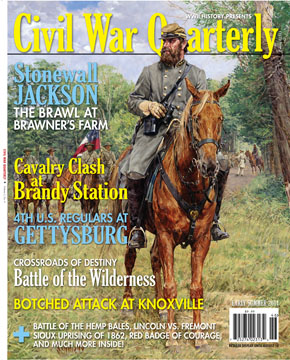
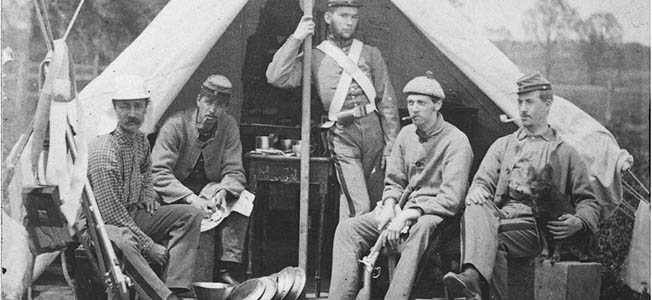

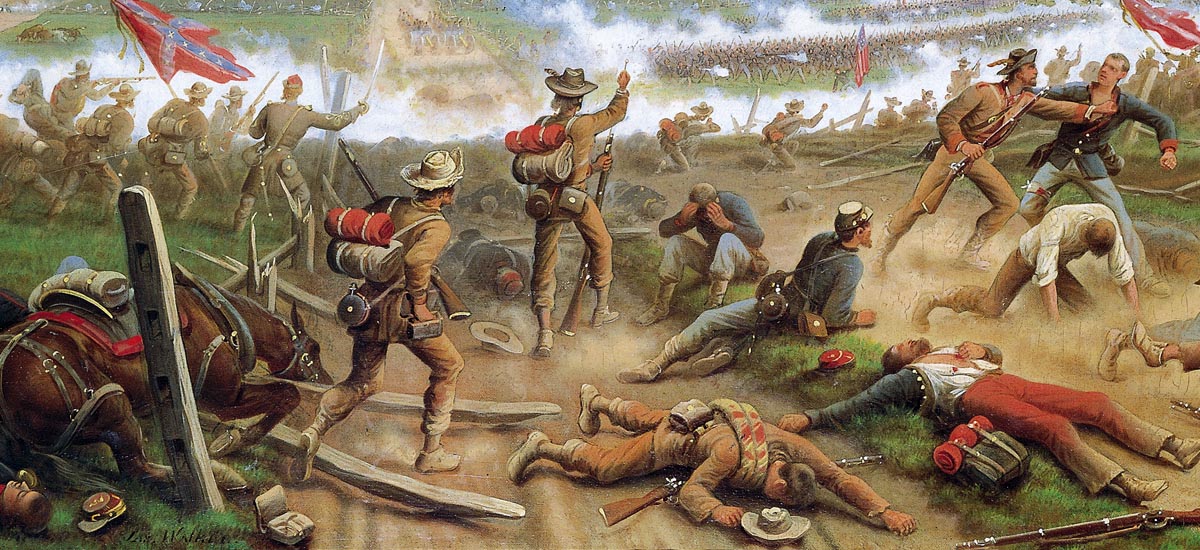
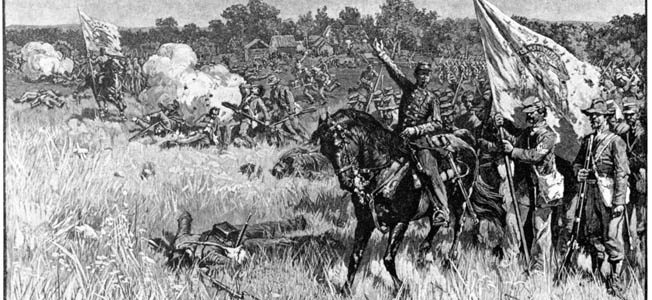
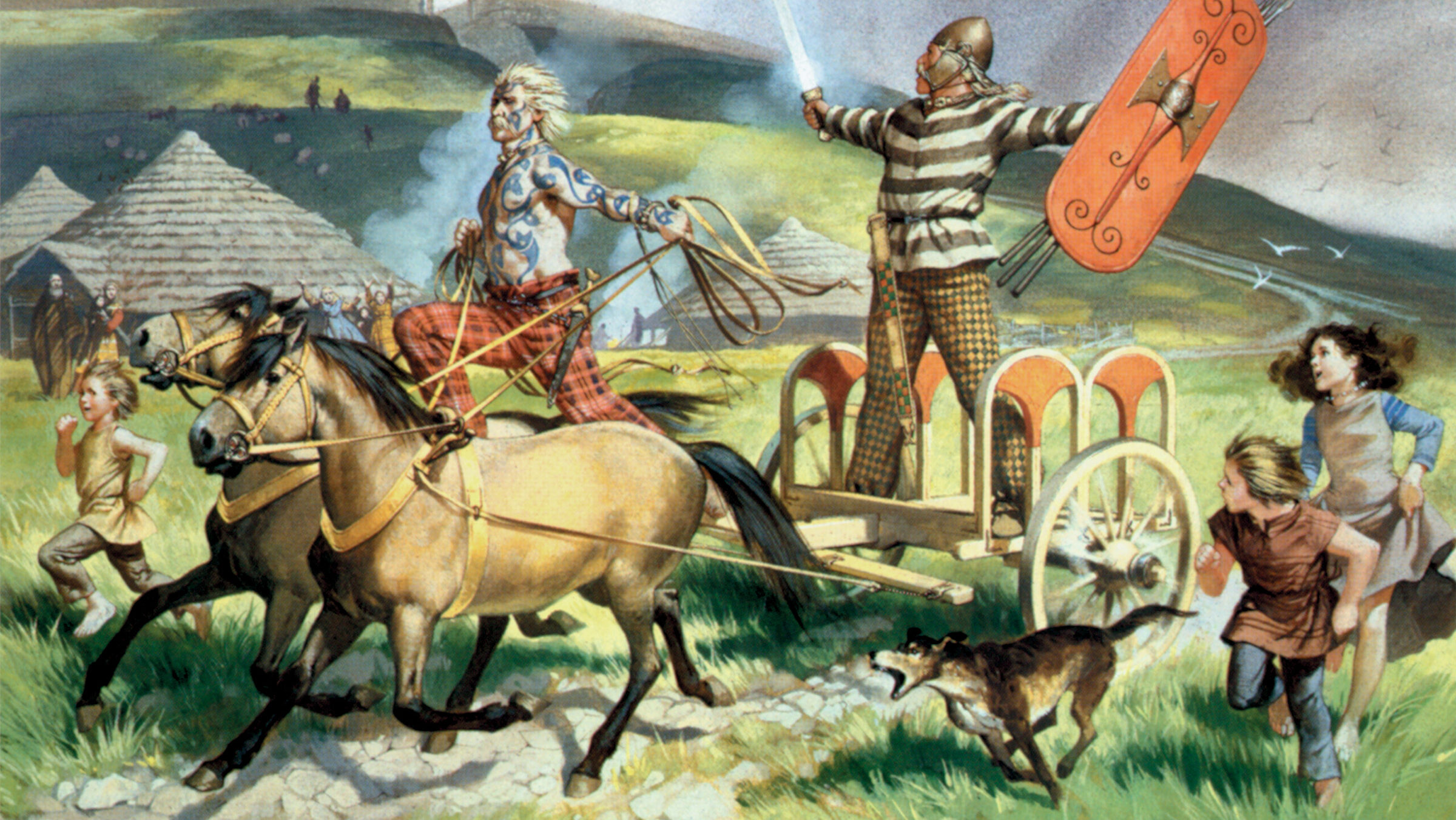
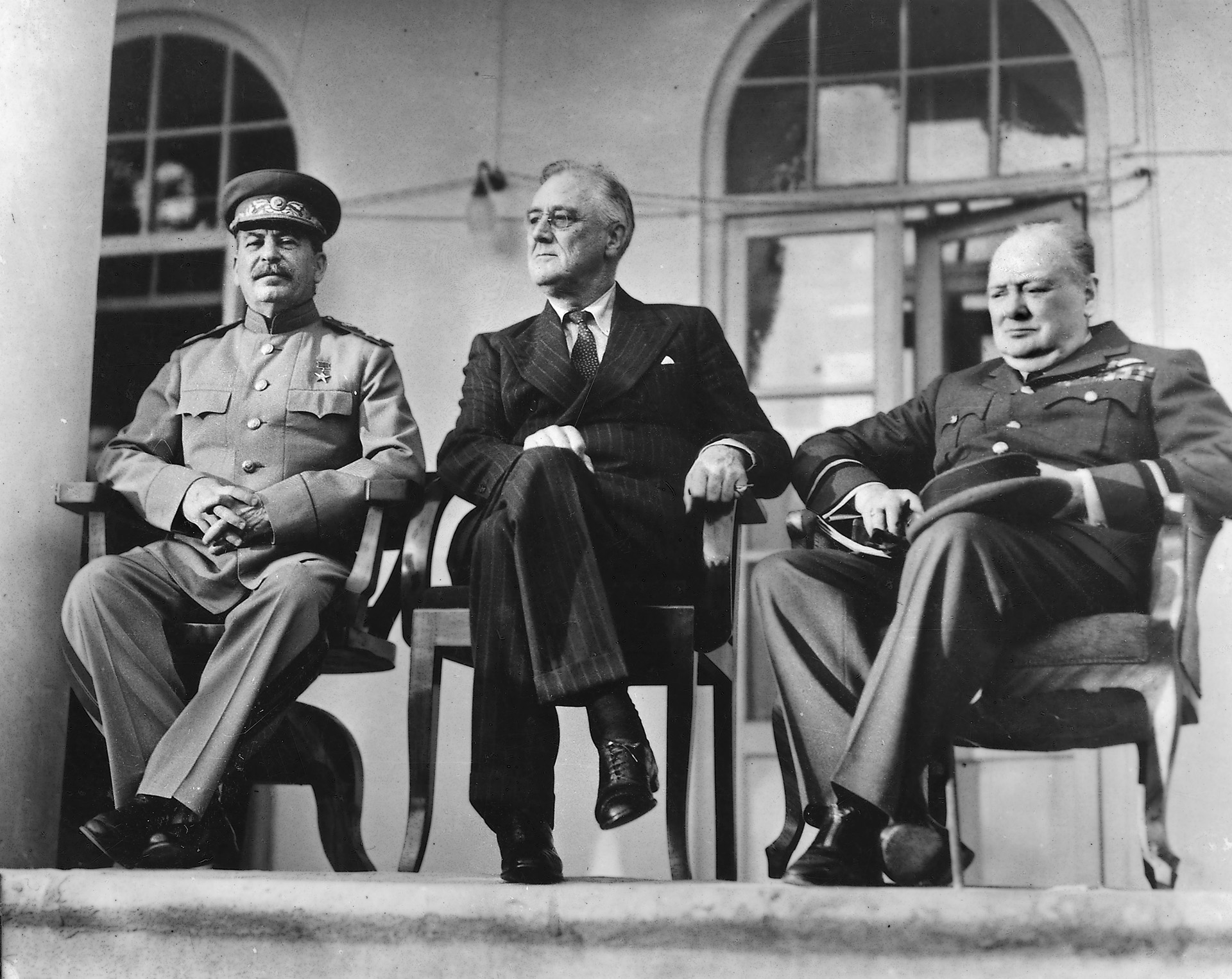
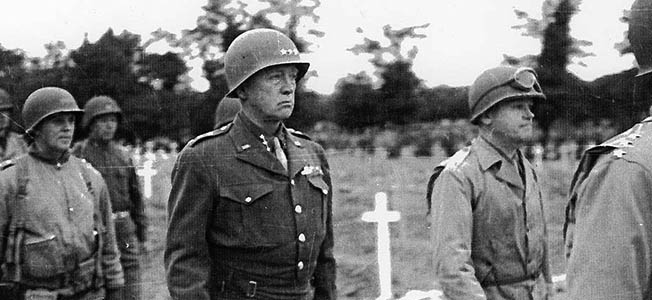
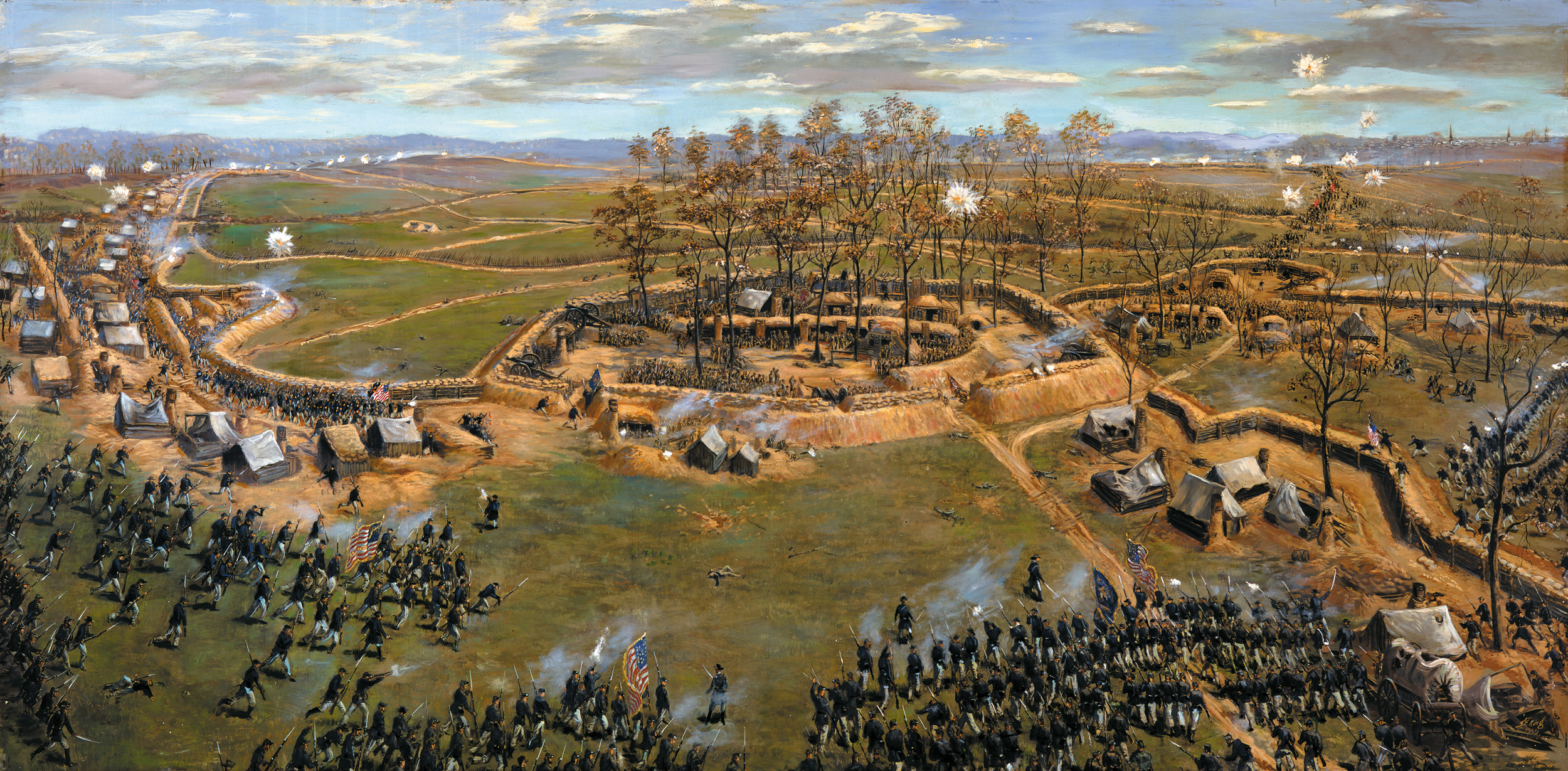
Join The Conversation
Comments
View All Comments